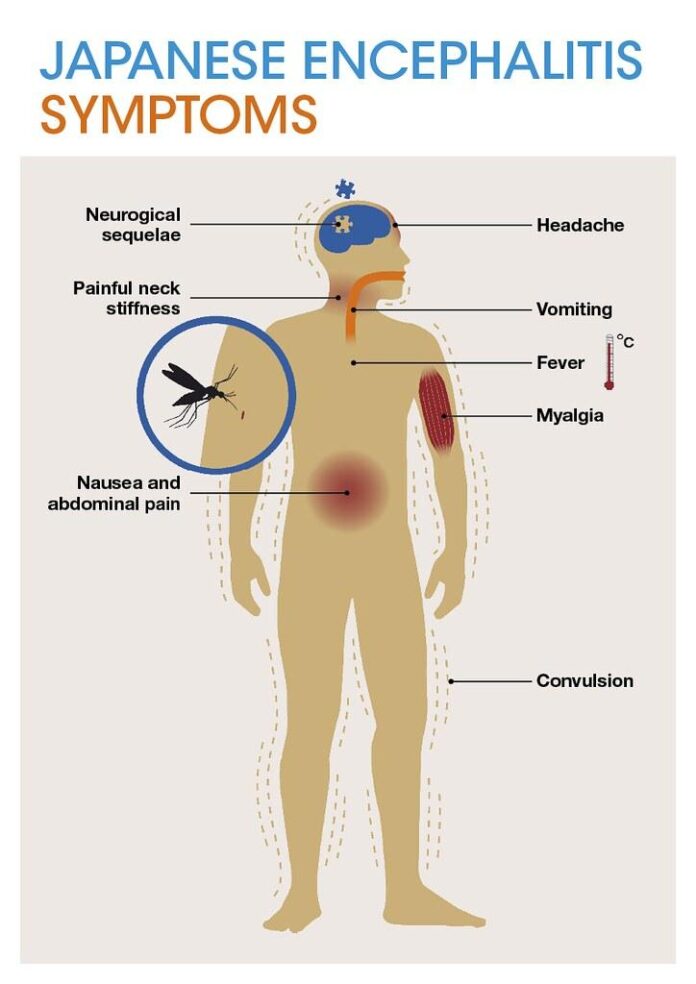
Understanding the Symptoms and Treatment Options for Stage 4 Bone Cancer
Bone cancer is a rare type of cancer that develops in the cells of the bone. It can affect any bone in the body, but it most commonly occurs in the long bones of the arms and legs. Stage 4 bone cancer is the most advanced stage of the disease, and it is often associated with a poor prognosis. In this article, we will explore the symptoms and treatment options for stage 4 bone cancer, as well as provide valuable information for those who have been diagnosed with this condition.
Symptoms of Stage 4 Bone Cancer
The symptoms of stage 4 bone cancer can vary depending on the location of the cancer and the extent of its spread. However, there are some common symptoms that individuals with stage 4 bone cancer may experience. These symptoms include:
– Persistent bone pain: The most common symptom of bone cancer is persistent bone pain that may worsen at night or with activity. The pain is often described as a deep, aching pain that does not go away with rest or over-the-counter pain medications.
– Swelling and tenderness: Individuals with stage 4 bone cancer may experience swelling and tenderness in the affected area. The affected bone may also feel warmer to the touch than the surrounding tissues.
– Fractures: The cancerous bone may become weak and prone to fractures, leading to sudden and unexplained fractures.
– Fatigue: Individuals with stage 4 bone cancer may experience fatigue and weakness, which can be caused by the cancer itself or by the treatments used to manage the disease.
– Unexplained weight loss: Weight loss may occur as a result of the body’s increased energy demands in fighting the cancer, as well as a loss of appetite due to the disease or its treatments.
It is important to note that these symptoms can also be caused by other conditions, so it is important to seek medical attention if you are experiencing any of these symptoms.
Treatment Options for Stage 4 Bone Cancer
The treatment options for stage 4 bone cancer are aimed at controlling the disease, relieving symptoms, and improving the quality of life for the patient. The most common treatment options for stage 4 bone cancer include:
– Surgery: In some cases, surgery may be used to remove the cancerous bone and surrounding tissues. This may be followed by reconstructive surgery to restore function and appearance.
– Chemotherapy: Chemotherapy uses powerful drugs to kill cancer cells or stop them from growing. It may be used before or after surgery to shrink the tumor or to destroy any remaining cancer cells.
– Radiation therapy: Radiation therapy uses high-energy X-rays or other forms of radiation to kill cancer cells or shrink tumors. It may be used to relieve pain and other symptoms caused by the cancer.
– Targeted therapy: Targeted therapy uses drugs or other substances to identify and attack specific cancer cells without harming normal cells. This type of therapy may be used if the cancer has certain genetic mutations.
– Palliative care: Palliative care focuses on relieving symptoms and improving the quality of life for patients with serious illnesses. It may include pain management, emotional support, and assistance with daily activities.
In some cases, a combination of these treatment options may be used to manage stage 4 bone cancer. It is important for patients to work closely with their healthcare team to develop a personalized treatment plan that takes into account their individual needs and preferences.
Living with Stage 4 Bone Cancer
Living with stage 4 bone cancer can be challenging, but there are ways to manage the disease and improve quality of life. It is important for individuals with stage 4 bone cancer to:
– Seek support: Lean on family, friends, and support groups for emotional support and practical assistance. Sharing experiences with others who are facing similar challenges can be comforting and empowering.
– Manage symptoms: Work with healthcare professionals to manage symptoms such as pain, fatigue, and loss of appetite. Palliative care can be particularly helpful in managing these symptoms and improving the overall quality of life.
– Make healthy lifestyle choices: Eating a balanced diet, staying physically active, and getting enough rest can help maintain strength and energy levels while undergoing treatment.
– Communicate openly: Discuss concerns, goals, and treatment options with healthcare professionals to ensure that the care plan aligns with the patient’s wishes and values.
– Adjust expectations: Recognize that living with stage 4 bone cancer may involve ups and downs. It is important to set realistic expectations and celebrate small victories along the way.
In addition, it is important for individuals with stage 4 bone cancer to stay optimistic and proactive in their care. Research is ongoing, and new treatment options may become available in the future. Staying informed and advocating for the best possible care can make a significant difference in the quality of life for those living with stage 4 bone cancer.
Conclusion
Stage 4 bone cancer is a serious and challenging disease, but there are treatment options available to manage the disease and improve the quality of life for patients. By understanding the symptoms of stage 4 bone cancer and the treatment options available, individuals with this condition can take an active role in their care and make informed decisions about their treatment. With the support of a healthcare team and a strong support network, individuals with stage 4 bone cancer can live their lives to the fullest and make the most of each day.












